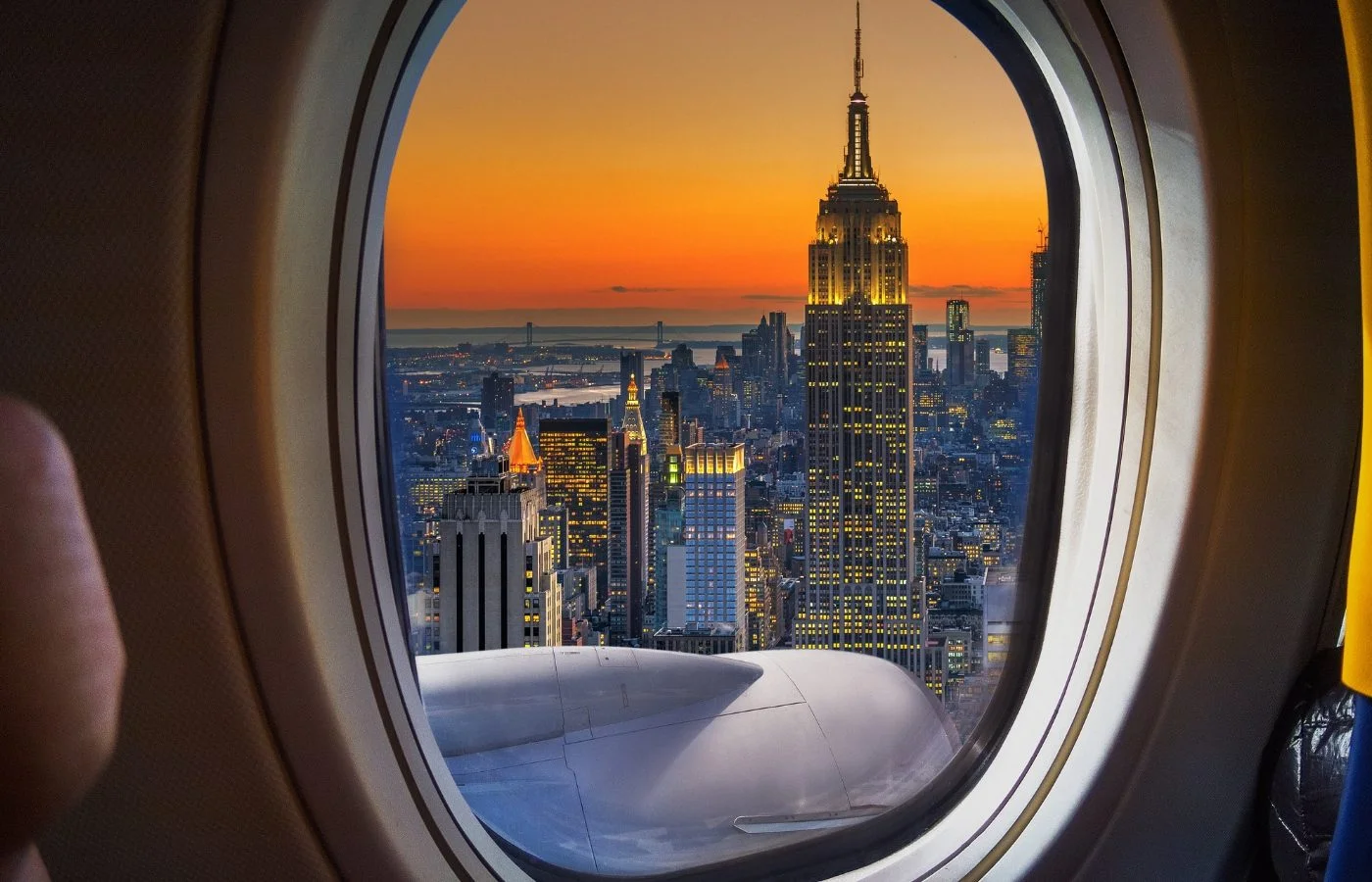Planning to fly to New York and ready to discover the “city that never sleeps”? Before you leave, it is essential to know the distance that separates you from Paris and the flight time required to reach Manhattan. Here are some valuable tips for your adventure.
Distance between Paris and New York: revealing figures
When you fly from Paris, the distance to New York is approximately 5,836 km. In general, an aircraft flies at an average speed of 805 km/h, giving a flight time of approximately 7 hours and 47 minutes. Of course, this time can vary depending on weather conditions as the cruising speed may fluctuate.
It is important to keep in mind that these numbers are estimates and may change due to various factors, including air traffic and the routes chosen by airlines.
Flight time between Paris and New York: round trip
For an air flight between Paris and New York, the duration of the outward and return flights can vary significantly, although this difference is not always obvious to travellers.
The one-way flight from Paris to New York usually takes between 7 and 8 hours. The return flight is often shorter, lasting about 6 to 7 hours.
Why is the flight to Paris-New York longer than the return flight?
This variation is explained by the prevailing winds, notably the jet stream, a powerful air current that blows from west to east. During the outbound flight, the aircraft must fight against this current, which slightly prolongs the duration. On the other hand, when they return, they benefit from this wind that pushes them, allowing them to reduce the travel time.
Optimal departure and arrival times
Choosing the right time slot for your flight can greatly improve your travel experience. Flights from Paris to New York often depart late in the morning or early in the afternoon, with a mid-afternoon arrival in New York.
This option allows you to enjoy your first evening in the “Big Apple”, while having time to settle down at your hotel. For the return flight, evening departures from New York are ideal, as you will arrive in Paris in the morning, giving you all day to adjust to time difference. Planning for these times helps you maximize your vacation time and minimize fatigue.
Time difference: anticipate adaptation
The time difference between Paris and New York is six hours, which means that when you land in New York it is usually much earlier than in Paris. This time difference can be difficult for some travellers to manage, especially after a transatlantic flight.
It is therefore advisable to plan a day to adapt, especially if you have appointments or activities scheduled on your arrival.
Returning to France can be more complex, as it involves gaining time by crossing time zones. Gradually adjusting to your destination’s schedule a few days before departure can help reduce the effects of jetlag.
Tips to reduce jetlag
Jetlag is one of the biggest challenges when crossing multiple time zones, but a few strategies can help you better tackle it.
One week before your departure, try to gradually adjust your sleep schedule to get closer to the time of your destination. Once you are on the plane, hydrate regularly as dry cabin air can make you more tired.
When you arrive, expose yourself to as much natural light as possible, as this helps to readjust your internal clock. Finally, avoid taking extended naps during the day in New York so your body can adapt more quickly to the new time zone.

